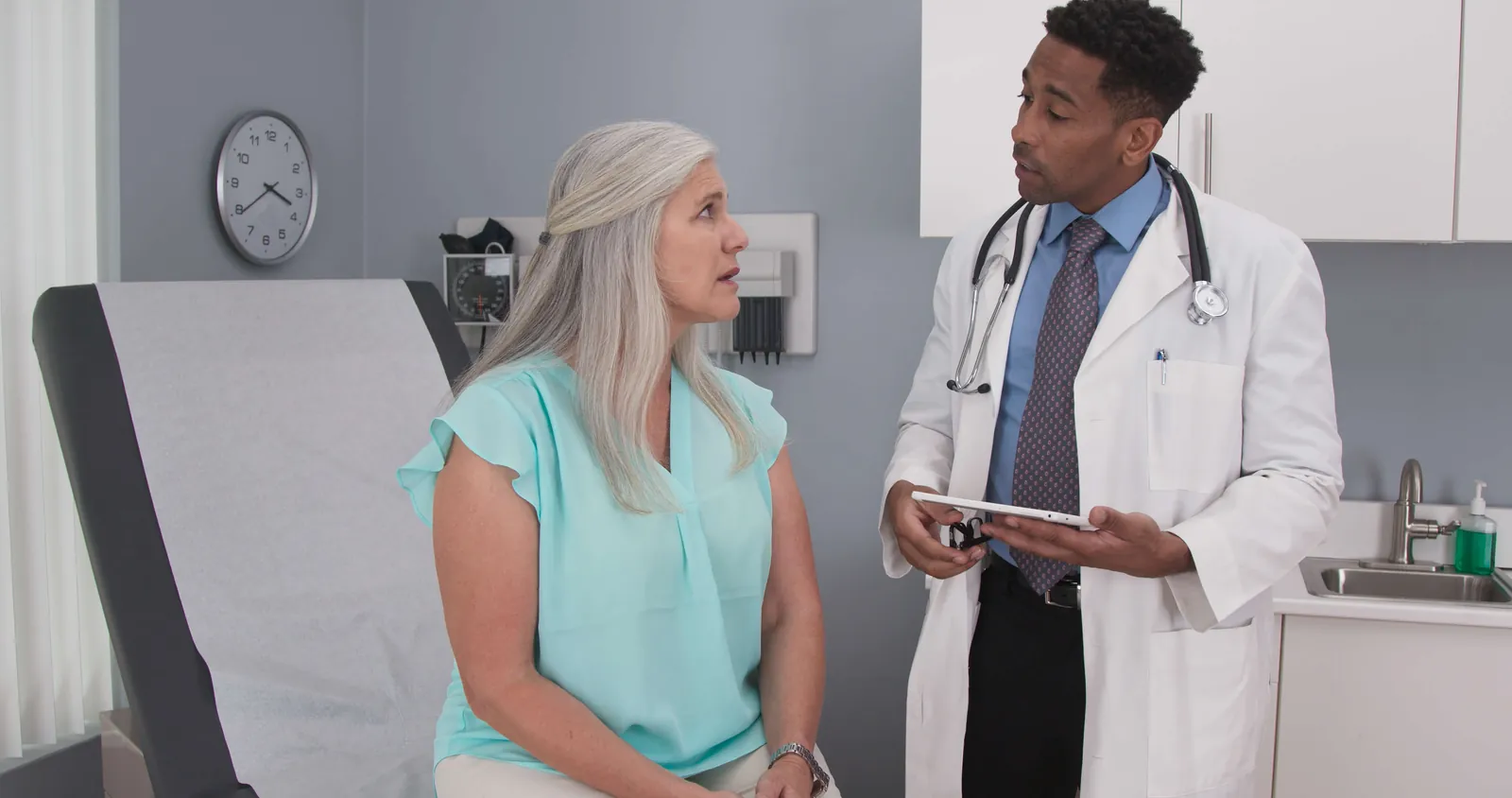Symptoms related to this disease may affect different systems of the body. Use the 'Filter and Sort' function to learn more about which body system(s) are affected by this disease and their associated symptom(s).
- Home
- Browse by Disease
- Multicentric reticulohistiocytosis
Multicentric reticulohistiocytosis
- Other Names:
Giant cell histiocytomatosis; Lipoid dermatoarthritisGiant cell histiocytomatosis; Lipoid dermatoarthritis
Read More
Read Less



